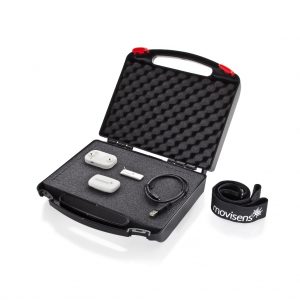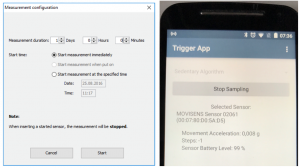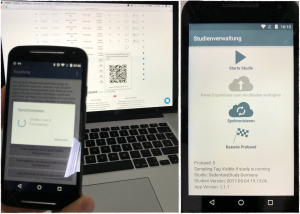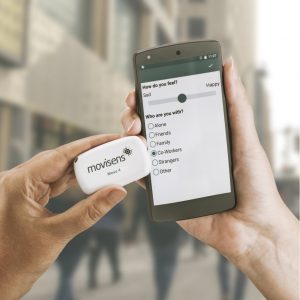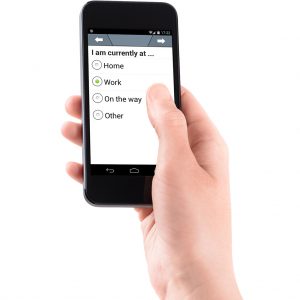The winner of the student project of the year competition 2021 from movisens has been determined!
During the last year movisens supervised more than 15 exciting student projects and received their application for the competition. Since all projects were groundbreaking and innovative, it was not easy for us to choose the winner. Nevertheless, there can only be one winner, so …
… Congratulations Wiebke Blum & Paulina Fried from Aalborg University for winning the Student Project of the Year Award 2021!
Here is a quick description of the student project they dealt with during the last year:
How does it feel to walk in Berlin?
Designing an Urban Sensing Lab to explore walking emotions through EDA sensing
Developments in technologies such as biosensors, GPS and ICT make real-time assessments in a participatory urban process increasingly efficient and accessible. With global, but also local ambitions to design sustainable, liveable, and barrier-free urban spaces, people and their desires are increasingly moving into the focus of science and practice. Urban walking and pedestrianfriendly cities have grown immensely in importance in recent years, reflecting not only necessary adaptations to climate change and the SDGs, but also the desires of modern citizens. For participatory and people-focused urban planning processes, the concept of Emotional City Mapping can help by providing an innovative approach to integrate people’s emotions. With both subjectively and objectively measurable, physiological data, more holistic analyses and images of an environment can be generated, leading to better informed decisions. The aim of this thesis is therefore to explore whether and how it is possible to collect such objective, emotional data and, furthermore, how it can be combined with other data sets and ultimately visualised in emotional maps. In an Urban Sensing Lab environment, geo-referenced emotional data is collected from participants via EDA sensors as they walk through a Berlin neighbourhood. Both individual points and clusters of stress can be detected, which can provide further information about the emotional experience. Finally, the designed emotional maps can be used for participatory planning and decision-making processes and support local transformation projects towards a more sustainable, inclusive, and pedestrian-friendly city of Berlin. read the whole paper...
movisens once again congratulates Wiebke & Paulina on this important research work and wishes all the best for your future projects!


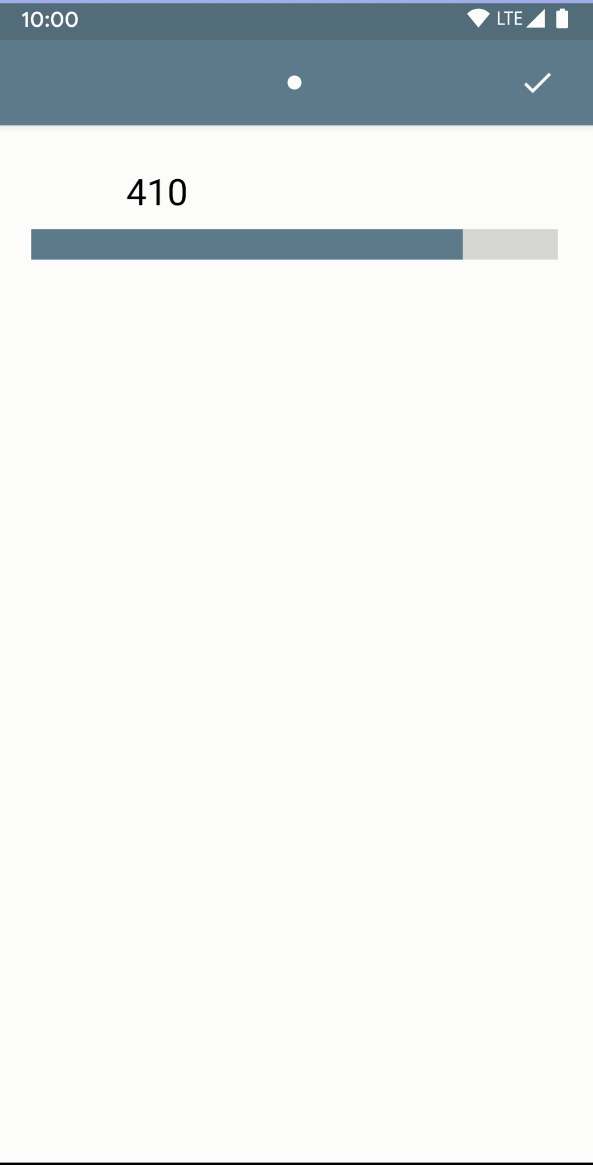 What triggers are possible
What triggers are possible 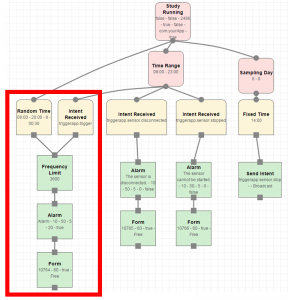 Step by step
Step by step 